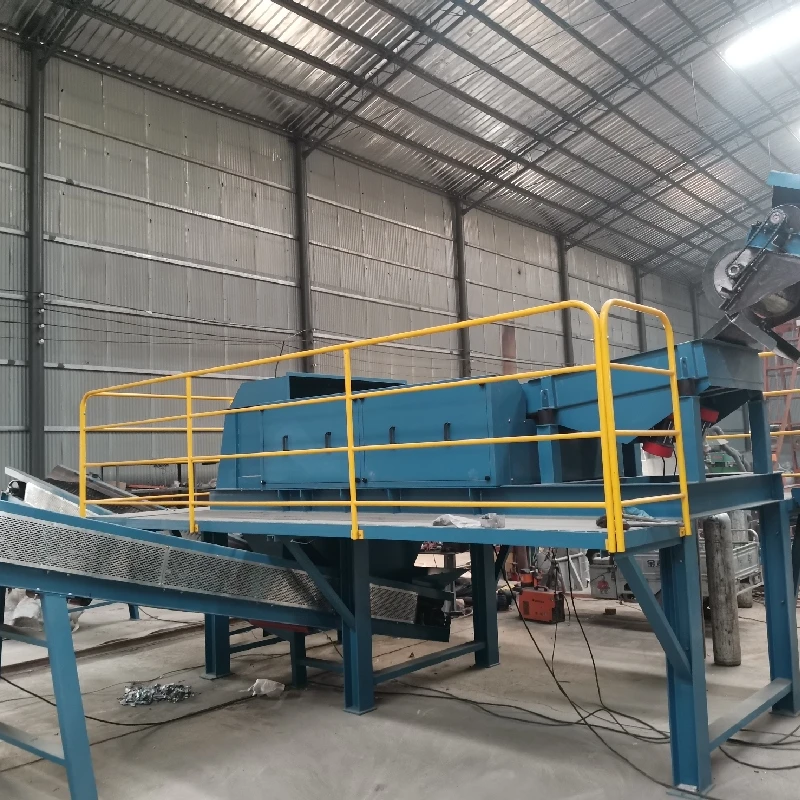

Nën . 14, 2024 11:39 Back to list
Understanding Eddy Current Effects in Aluminium
Eddy currents refer to loops of electric current that are induced within conductors when exposed to a changing magnetic field. This phenomenon is critical in many applications, particularly in the realm of non-destructive testing and electromagnetic braking systems. In the context of aluminium, a metal known for its conductive properties, understanding eddy currents can illuminate various industrial processes, such as induction heating, metal detection, and electromagnetic shielding.
Understanding Eddy Current Effects in Aluminium
One of the practical applications of eddy currents in aluminium is in induction heating. This process is widely used for cooking and metal processing. When an alternating magnetic field is applied to an aluminium component, eddy currents are induced, generating heat due to the resistance of the material. This heating process is uniform and efficient, making it ideal for metallurgical operations such as forging and casting. Moreover, the rapid heating capability of induction systems enhances productivity while reducing energy consumption.

In addition to heating, eddy currents have critical implications in non-destructive testing. Techniques such as eddy current testing (ECT) leverage the induced currents to detect flaws within aluminium components, such as cracks or corrosion. This method involves passing an alternating magnetic field over the surface of the material, which generates eddy currents. Variations in these currents, caused by structural inconsistencies, can indicate potential failures, making ECT a valuable tool in aerospace and automotive industries where safety and reliability are paramount.
However, while eddy currents can be harnessed for beneficial applications, they can also result in energy losses, especially in AC systems. Such losses manifest as heat and can significantly decrease efficiency in electrical systems utilizing aluminium wire or components. To mitigate these losses, engineers often employ laminated structures or utilize materials with higher electrical resistance. These strategies can ensure that the eddy currents are effectively controlled to optimize performance without wasting energy.
Moreover, in the realm of electromagnetism, aluminium is often used as a conductive material for electromagnetic shielding. This is particularly evident in electronic devices where unwanted electromagnetic interference (EMI) can disrupt functionality. By using aluminium foils or plates, designers can create barriers that reflect or attenuate these interfering signals, thereby enhancing device performance and reliability.
In conclusion, the relationship between aluminium and eddy currents is multifaceted, encompassing both beneficial and adverse effects. From enhancing industrial processes like induction heating to providing critical insights in non-destructive testing, this interaction plays a pivotal role in various applications. As technology continues to advance, further exploration of eddy current effects will likely lead to improved materials and techniques, reaffirming the importance of aluminium in modern engineering and manufacturing. Understanding these principles not only aids in optimizing the use of aluminium but also enhances innovation across numerous industries, ultimately contributing to safer and more efficient designs.
Latest news
Troubleshooting Common Eddy Separator Problems
NewsJul.04,2025
The Role of Metal Recycling Plants in Circular Economy
NewsJul.04,2025
The Impact of Recycling Line Pickers on Waste Management Costs
NewsJul.04,2025
Safety Features Every Metal Shredder Should Have
NewsJul.04,2025
How Industrial Shredders Improve Waste Management Systems
NewsJul.04,2025
How Cable Granulators Contribute to Sustainable Recycling
NewsJul.04,2025